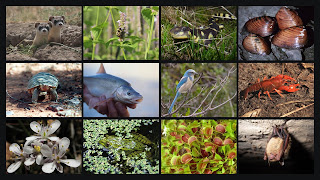Health Emergency: A Pandora’s box?

Don’t you think there should be a holistic and interdisciplinary approach that work with the human-animal-environment interface? An approach to design and implement programmes, policies, legislation and research in which multiple sectors communicate and work together to achieve better public health outcomes. Countries with weak health infrastructure – mostly in developing countries – will be the least able to cope to prepare and respond in case of health emergencies. Shouldn’t we work towards building climate-resilient health systems and tracking national progress in protecting health from climate change and other environmental manoeuvres? The substantial risks posed by climate change to health, the likely increased risks of vector-borne diseases due to climate change reinforces the need for a preventive approach and integrated collaboration. The interdependence of human, animal, plant and ecosystem health is recognized globally. Various initiatives and stak





